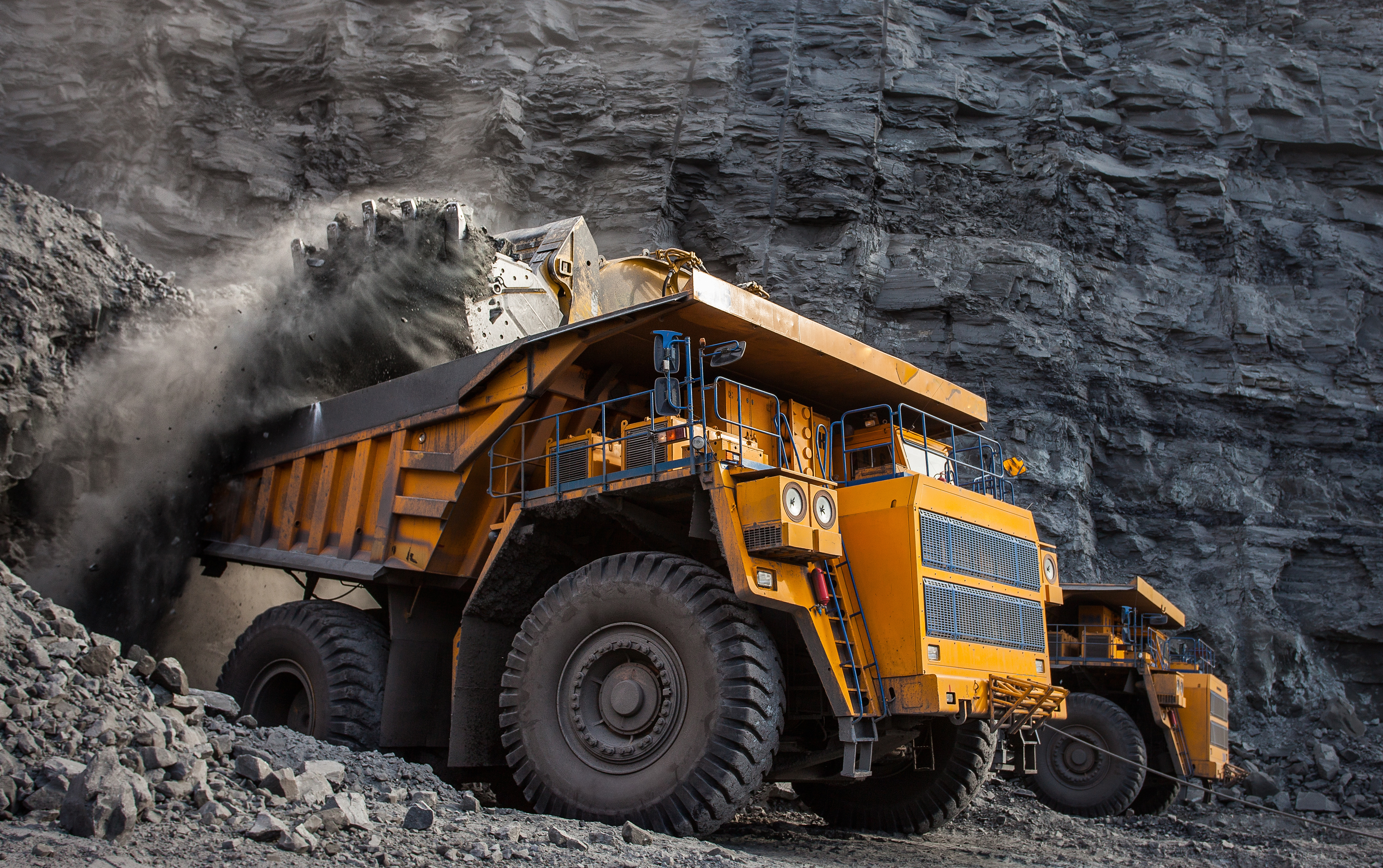
A smarter approach to safety
Safety has always been a key focus area for mining companies, and COVID-19 has only magnified the scope of the issue. Miners are investing in advanced technologies like augmented and virtual reality, drones, remote vehicles, advanced telematics and wearables, as well as learning to apply advanced analytics to the vast quantities of safety data their operations generate. A 2017 report by Accenture found that by implementing four digital initiatives – autonomous operations, smart sensors, connected workers and remote operation centres – South African mining companies could improve frontline performance and safety, and unlock R99 billion in cumulative value creation opportunities.
Of course, technological innovations need to be implemented in the context of a company-wide culture of safety. In 2016, following a fatal accident at its Sishen mine, Kumba Iron Ore CEO Themba Mkhwanazi declared that the company would see no more on-the-job fatalities, adopting a six-point approach that shifted focus from accident prevention to eliminating fatalities. Since then, the company has seen a 67% reduction in serious incidents – and not one death.
Supply chain visibility using technology
The COVID-19 pandemic has exposed the vulnerability of global supply chains to disruption. This has obliged mining companies to increase visibility along their supply chains, looking beyond tier 1 suppliers to trace materials back to their source. Even prior to the pandemic, however, miners – particularly those in the gold and diamond sectors – were facing the scrutiny of their supply chains around human rights issues.
In collaboration with other diamond miners, De Beers is developing Tracr, an end-to-end diamond industry traceability platform built around blockchain technology, with the goal of creating a guaranteed record of sustainability and authenticity for its diamonds.
Social impact
Research by Ernst & Young found that a trust deficit with communities is one of the most significant risks faced by mining companies worldwide. Investor activism has risen around 70% since 2014 to more than R450 trillion in value – and is putting pressure on companies to operate along with sound environmental and social governance principles. It’s not just about investors, though; McKinsey found that companies operating on these principles registered top-line growth, lower costs, reduced regulatory and legal issues, greater productivity, and improved utilisation of investments and assets.
The pandemic has presented an opportunity for major corporations like mining houses, to step up to the plate and contribute meaningfully to the societies in which they operate. In July 2020, Glencore Alloys South Africa handed over the Bethanie Clinic healthcare facility near Brits to the National Department of Health. Built at a total cost of R30 million, the state-of-the-art clinic now serves a broader community of more than 27,000 people.
Environmental sustainability
The spotlight on mining companies doesn’t just shine on social issues; they are increasingly expected to adopt sustainable operating practices. South Africa remains a water-scarce country, and mining is a water-intensive industry. Impala Platinum recently received an A rating in the 2020 CDP Water Disclosure Project, which encourages companies to benchmark their sustainability practices against those of other companies. Impala was recognised for its disclosure, awareness of and management of water-related risk.
Demand for battery metals
Sustainability is also at the heart of surging demand for the minerals required to produce lithium-ion batteries, which are used in electric vehicles (EVs) and photovoltaic (PV) power arrays. The battery metals market was worth around R193 billion in 2020, with a projected compound aggregate growth rate of 2.4% to 2027.

Aside from being world’s largest producer of manganese – a critical component of batteries used in EVs – South Africa is the third-largest producer of vanadium. Bushveld Minerals has developed a 1MW mini-grid at its Vametco mining and processing facility that combines PV power generation with vanadium redox flow battery (VRFB) technology. Bushveld is aiming to use the project to demonstrate the feasibility of such hybrid mini-grids, with a view to creating a lucrative market for locally mined and beneficiated vanadium.
It’s a world fraught with change, but some things are constant. As a leading provider of fuels and lubricants to local mining companies, Astron Energy remains committed to supporting this sector of our economy as it navigates the complexities of the swiftly evolving global market. Astron Energy’s understanding of how strong, mutually beneficial relations between mines and the communities they operate in positively impact productivity is reflected in the work done through the group’s ESD initiatives. These initiatives not only focus on developing and growing local suppliers that feed the needs of surrounding mines, but also drive a transformative social agenda in a meaningful and sustainable manner. For further information or assistance with your energy needs, please get in touch with our sales team.







